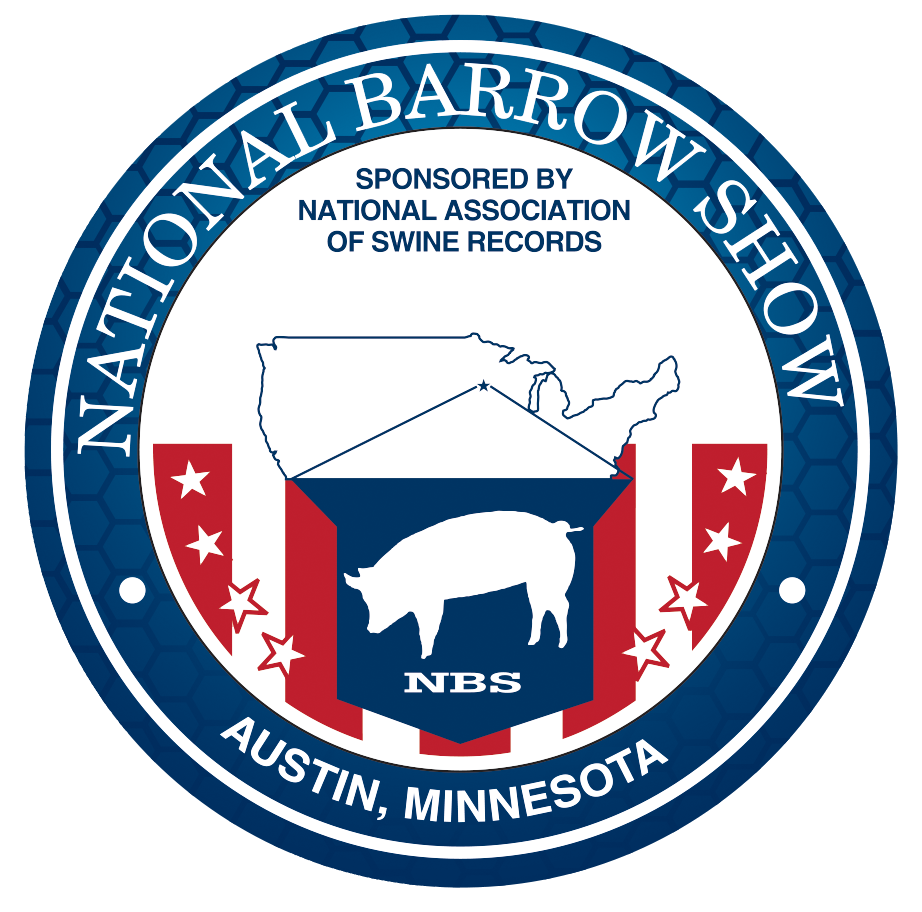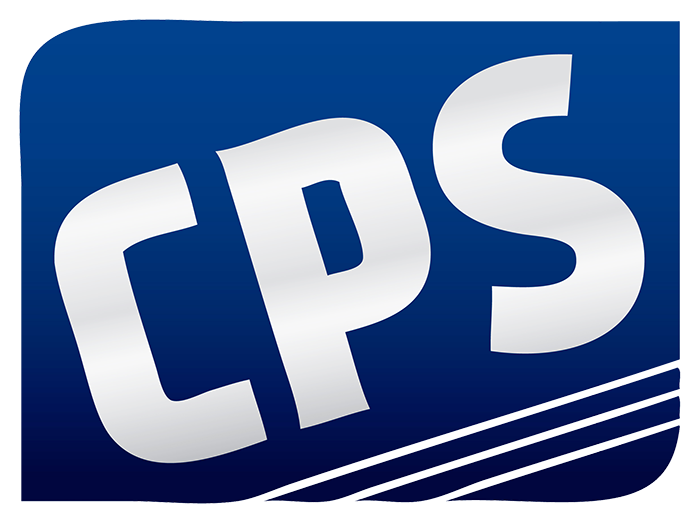Register Litters Online Click Here
ANNOUNCEMENTS
NEW Online Pedigree and Registration Service For All Breeds
Gene Check New Lab For Stress Testing
Poland China Color Requirements
Hereford Color Requirements
2024 Advertising Rates Updated
Upcoming Events

National Barrow Show
September 13 – September 16, 2024
Open Show Entries Now Open
Recent News
ONLINE STORE NOW OPEN
Order your CPS Apparel today!
CHESTER WHITE
Click to view:
The Chester White breed originated in Chester County, Pennsylvania and thereby derived its breed name. At first it was called the Chester County White, but later the “county” was dropped. The Chester breed was derived in Jefferson County, New York.
Thomas Sharpless started the first Chester White Record Association in 1884 and he was its first secretary. From that period, until recent years, there were several record associations developed as the breed spread across the country. The National Chester White Record Association was formed in 1893, with offices in West Chester, Pennsylvania.
It was through the efforts of F.F. Moore, Rochester, Indiana, that all of the associations and recording offices were combined into one recording association. This association was named the Chester White Swine Record Association, with headquarters in Lima, Ohio.
All of this gathering and combining of associations started about 1911. In 1930, the Chester White Swine Record Association was reincorporated under the laws of Delaware with the offices in Rochester, Indiana. The offices moved to Peoria, Illinois on June 1, 1986.
The strengths of the Chester White breed are: mothering ability, durability, and soundness. Chester Whites have kept their popularity with thousands of pork producers. Not only are they preferred by producers, but packers prefer animals with white skin and proven to be superior in muscle quality.
Chester Whites will remain an important breed in the future progress of swine production for many years to come because of the many productive traits which they strongly possess.
HEREFORD
Click to view:
During the early part of the 19th century, a strain of hogs whose color markings resembled to a great extent the red and white marking of Herford cattle was developed by Mr. R.U. Weber of LaPlata, Mo. Little is known of his exact matings, hence his progress was extremely slow.
About twenty years later (1902 to 1925) a group of hogs in Iowa and Nebraska by cooperative effort and under the leadership of Mr. John Schulte of Norway, IA, developed a strain of swine they, too named Herefords.
These men had definite goals in mind as to type, color, conformation, superior feeding qualities and other favorable characteristics to develop in their foundation stock. Both Duroc and Poland China bloodlines were used to a considerable extent in a judicious program of crossing, inbreeding, and selecting to develop superior foundation breeding stock.
In 1934, sponsored by the Polled Hereford Cattle Registry Association located in Des Moines, Iowa, the National Hereford Hog Record Association was organized. About one hundred selected animals from the herd of Mr. John Schulte of Norway, Iowa; Mr. A.J. Way of New Sharon, Iowa; Mr. Henry Weimers of Diller, Nebraska; G.P. Rue of Nickerson, Nebraska; and P.W. Mitchell of Van Meter, Iowa; were selected as foundation stock for the original registry.
Philosophy: The life blood of our Hereford breed of hogs is its breeders. Breeders progress and prosperity depends on the kind of hogs raised. The modern-day Hereford hog is not only futuristic but also performance and production driven. Breeders have done an excellent job of matching phenotype differences to develop the 21st century “modern” look combining muscularity, structure, soundness, with their noted carcass traits of meat quality. This gives everyone a profitable and enjoyable experience with Herefords. Welcome to the exciting world of the Hereford swine.
POLAND CHINA
Click to view:
The origin of the Poland China has its beginning in the Miami Valley, Butler and Warren counties, Ohio.
In the year 1816, the Shaker Society, through their trustee, John Wallace, secured one boar and three sows from a firm in Philadelphia. These were known as Big China hogs. The boar and two sows were white, while the third sow had sandy to black spots. Historians believe they were the same hogs that were so popular about this time in the states of Maryland, Pennsylvania, and Virginia.
Hogs were bred for two important requirements, size and good travelers. They were driven to market and in some cases were compelled to travel nearly one hundred miles.
Between 1816 and 1835 the swine industry of southwestern Ohio had a great impetus, due to the beneficial effects of the Big China.
Some historians have fixed 1846 as the year of the discontinuance of all outside blood in crossing on the Warren county hog.
The Poland China hog today is recognized as a big framed, long bodied, lean, muscular individual that leads the U.S. pork production in pounds of hog per sow per year.
SPOTTED
Click to view:
The National Spotted Swine Record, Inc. was formerly the National Spotted Poland China Record. At the 1960 Annual Meeting, the breed’s Board of Directors and members voted to change the name of the association from the National Spotted Poland China Record to the National Spotted Swine Record, Inc. Further, it was voted to refer to the breed as Spotted Swine or SPOTS, rather than the longer previously used name for the breed.
The present day Spots descend from the Spotted hogs which trace a part of their ancestry to the original Poland China, which consisted of six separate breeds and was referred to as the “Warren County Hog” of Ohio. One such breed imported into Ohio in the early 1880’s was a breed called the “Big China”, mostly white in color, but having some black spots.
Three men from Putnam and Hendricks Counties, in Indiana, brought boars and sows back from Ohio from time to time to cross with their own good hogs; and thus developed a breed all their own from this background which kept the characteristic color of large black and white spots. At this time, two hogs imported from England, known as “Gloucester Old Spots” added a wonderful stimulant to the breed in the form of new bloodlines.
There were a number of well-known breeders in central Indiana who had been breeding these spotted hogs to the exclusion of all others for many years, and due to the general demand for them, the need had arisen for an organization to record and promote the big-boned prolific Spotted hog as a separate and distinct family. Thus resulted the organization of Record Association of Bainbridge, Indiana, which was incorporated under one of the top ranking purebred breed associations in the United States. The National Spotted Swine Records, Inc. moved in December, 1985 to Lafayette, Indiana. The Spotted Association moved to Peoria, Illinois, on May 1, 1992, with the current location being Box 9758, Peoria, Illinois and the phone number is 309-691-0151.
Spots have continued to improve in feed efficiency, rate of gain, and carcass quality, as can be proven in the testing stations throughout the country. Spots are popular with farmers and commercial swine producers for their ability to transmit their fast-gaining, feed efficient, meat qualities to their offspring.
